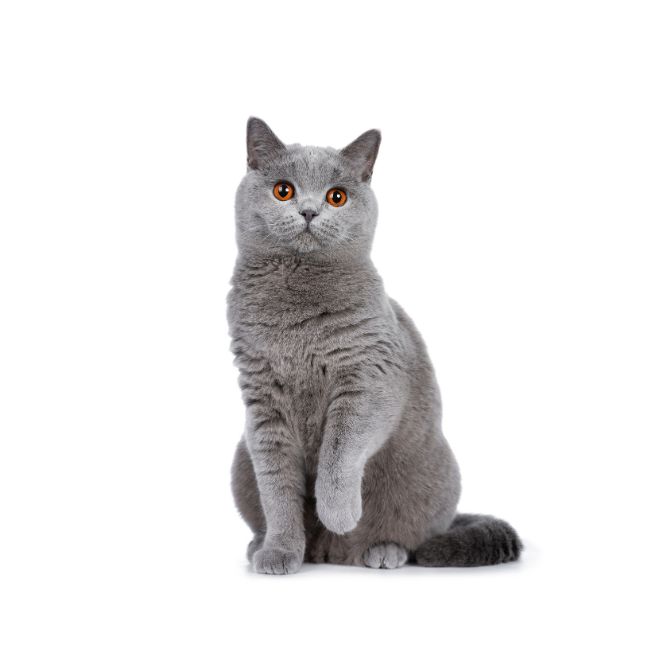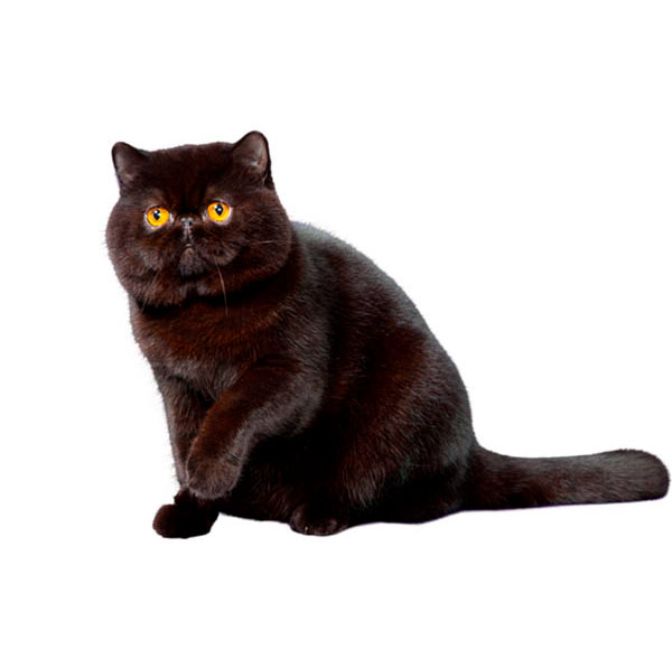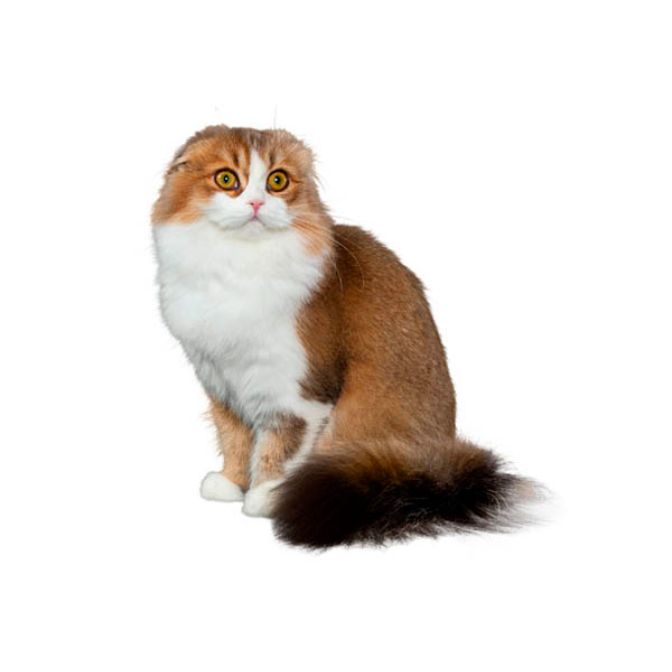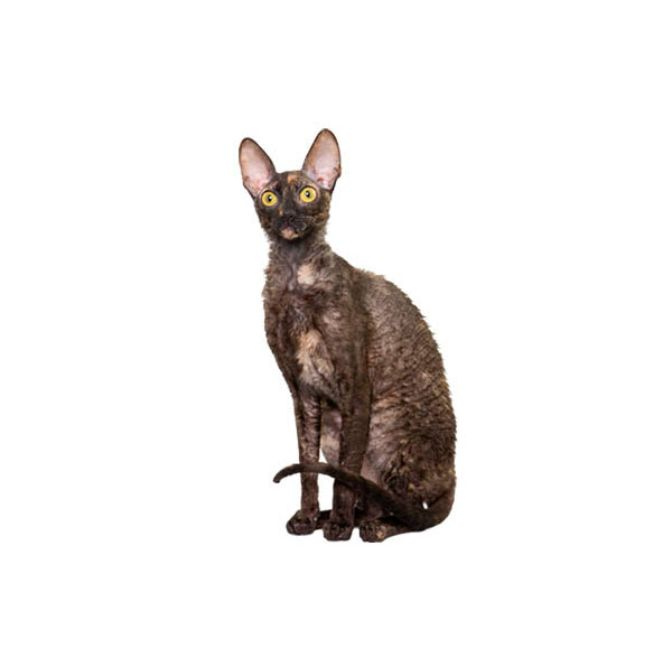British Shorthair
The British Shorthair is a breed of cat known for its calm and relaxed nature. She enjoys affection but isn’t needy and dislikes being carried. She’ll follow you from room to room, though, out of curiosity.
Medium To Large
Short
Medium
4 to 7 kg
Blue, white, black, red, cream, smoke, silver and golden, plus a variety of patterns and shadings
Although not typically considered lap cats, British Shorthairs do have a fondness for snuggling on the couch or any comfortable spot. They appreciate the warmth and companionship of their human family members and will happily curl up beside them for a relaxing time together. As they age, British Shorthairs become increasingly sedentary, however males are often more rambunctious than the reserved females. They get along well with gentle and respectful children and don’t mind cat-friendly dogs.
The British Shorthair breed is known for its round and compact body, featuring a broad chest and sturdy legs. Their coats are characterized by being short, dense, and luxuriously plush, providing them with both comfort and an irresistible touch. When it comes to eye color, it varies depending on the coat color, with British Blues typically displaying captivating gold eyes, while those with point coloring, such as Siamese-like markings, often exhibit striking blue eyes. However, the range of eye colors in British Shorthairs extends beyond these, encompassing shades that span from mesmerizing golden hues to alluring copper tones.
12 to 17 years
Although their coats come in almost every possible color and pattern, the most popular color is blue (gray). These cats are sometimes referred to as British Blues.
Your British Shorthair may experience seasonal shedding in the spring and fall, so brush regularly during those periods to remove loose hair. Outside of those seasons, weekly brushing will suffice.
Although the breed is free from many genetic diseases that plague other breeds, British Shorthairs are susceptible to gingivitis, hypertrophic cardiomyopathy and hemophilia B. Obesity is another concern, as this cat loves to eat and leads a relatively sedentary lifestyle.
Due to their inactivity, particularly as they age, weight gain is a concern for British Shorthairs. To keep yours at a healthy weight, choose a cat food formulated for weight management.
As the oldest breed in England, the British Shorthairs are thought to have descended from domestic cats imported from Egypt, accompanying the Romans when they invaded Great Britain in 43 AD. They grew in popularity during the Victorian era, when stricter breeding standards were implemented. In the early 1900s, the British Shorthair was crossed with the Persian, introducing a longhair gene.
After both World Wars, the breed was nearly extinct. Thanks to crossbreeding, British Shorthairs were revitalized. In 1967, the American Cat Association accepted the breed. It wasn’t accepted by The International Cat Association (TICA) until 1979 and the Cat Fanciers Association (CFA) a year later. The breed is now recognized by all cat associations.
Two of the most famous fictional cats are British Shorthairs: Puss in Boots and the Cheshire Cat from Alice in Wonderland.
British Shorthairs were the only pedigreed cats exhibited at some of the earliest cat shows.




